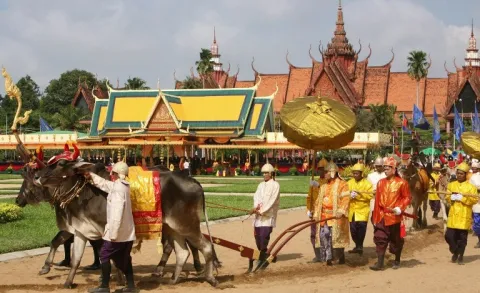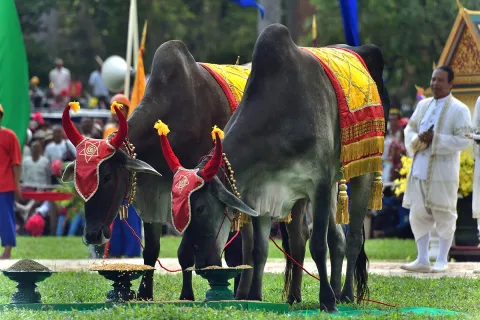News

History of Preah Vihear
Preah Vihear is a historic and culturally significant temple located in the Preah Vihear Province of northern Cambodia. It is renowned for its architectural and historical importance and is a UNESCO World Heritage Site. Here’s a detailed history of Preah Vihear:
1. Ancient Origins
-
Early Foundations: The temple of Preah Vihear was originally constructed during the Khmer Empire, a powerful empire that dominated Southeast Asia from the 9th to the 15th centuries. It was built during the reign of King Suryavarman I (1002-1050) and later expanded by subsequent kings, including King Suryavarman II (1113-1150).
-
Architectural Design: Preah Vihear is renowned for its distinctive architectural style and its location. Unlike other Khmer temples, Preah Vihear is built along a ridge of a mountain, offering a dramatic and picturesque view of the surrounding landscape. The temple complex is characterized by its long and narrow layout, with a series of pavilions, sanctuaries, and galleries leading up to the main shrine.
2. Religious and Cultural Significance
-
Hindu Temple: Originally, Preah Vihear was dedicated to the Hindu god Shiva. The temple complex is a prime example of classical Khmer architecture and is intricately decorated with bas-reliefs and carvings depicting Hindu deities and mythological scenes.
-
Later Buddhism: Over time, as Hinduism declined in the region, Preah Vihear transitioned to a Buddhist site. The temple has continued to serve as a place of worship and pilgrimage, reflecting the religious transformations in Cambodia over the centuries.
3. Historical and Political Context
-
Khmer Empire Era: During the height of the Khmer Empire, Preah Vihear was an important religious and political site. It was part of a network of temples that served both religious and administrative functions within the empire.
-
Colonial Period: In the late 19th and early 20th centuries, during the French colonial period, Preah Vihear became the subject of international interest. The temple's location on the border between Thailand and Cambodia led to disputes over its ownership.
-
Border Disputes: The temple’s location has been a point of contention between Cambodia and Thailand for many years. In the 20th century, the dispute over the temple's ownership and its surrounding areas led to several conflicts and negotiations. In 1962, the International Court of Justice (ICJ) ruled in favor of Cambodia, affirming its sovereignty over Preah Vihear.
4. UNESCO World Heritage Status
-
World Heritage Site: In 2008, Preah Vihear was designated a UNESCO World Heritage Site due to its outstanding architectural significance and its representation of Khmer culture. The designation helped to raise awareness about the temple’s importance and spurred efforts to preserve and protect it.
-
Preservation Efforts: Since its designation as a World Heritage Site, various conservation projects have been undertaken to preserve Preah Vihear's intricate carvings and structural integrity. These efforts are crucial given the temple's exposure to natural elements and the impacts of regional conflicts.
5. Modern Significance
-
Tourism and Cultural Heritage: Today, Preah Vihear is a major cultural and tourist attraction, drawing visitors from around the world who come to admire its historical and architectural marvels. It remains a symbol of Cambodia’s rich cultural heritage and a testament to the artistry of the Khmer Empire.
-
Ongoing Challenges: The temple and its surrounding areas continue to face challenges related to preservation, including environmental factors and political tensions. However, the commitment to preserving Preah Vihear’s historical and cultural significance remains strong.


